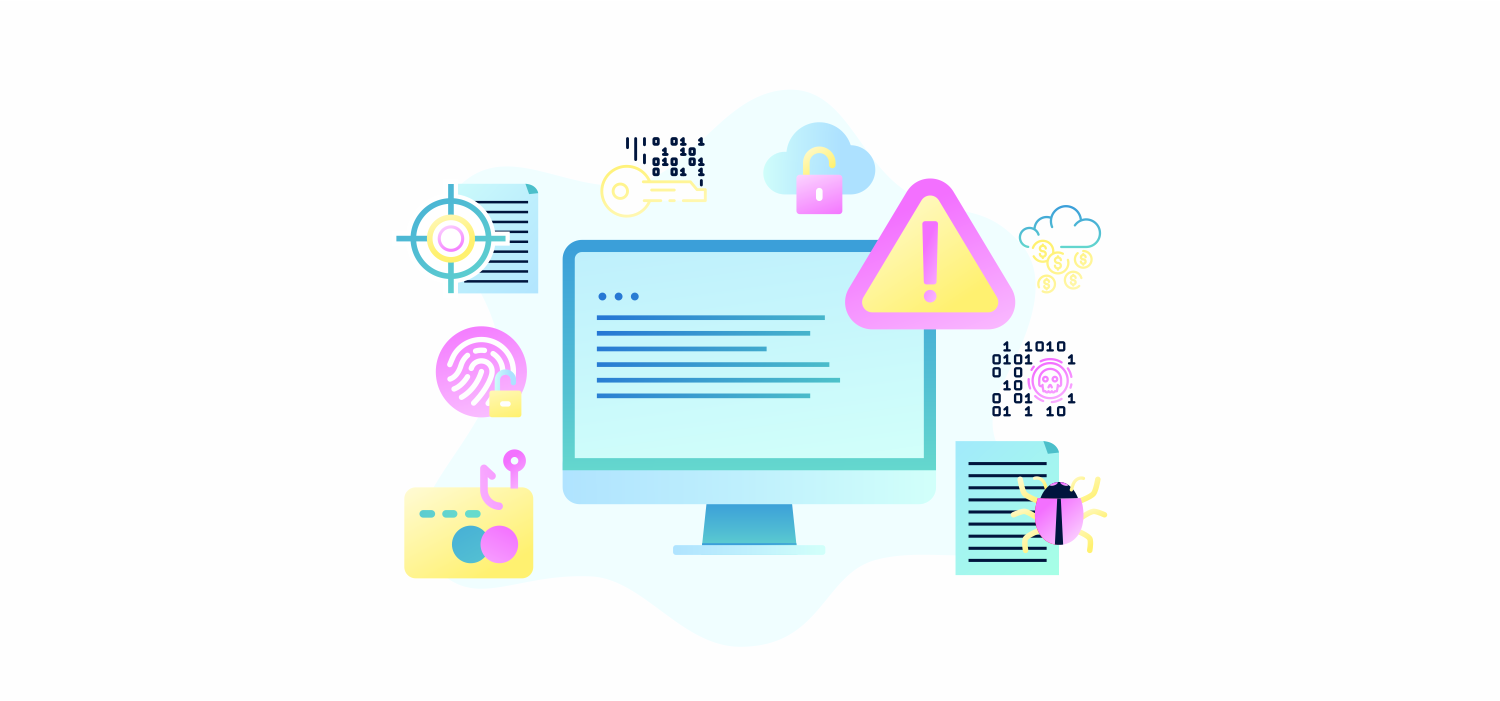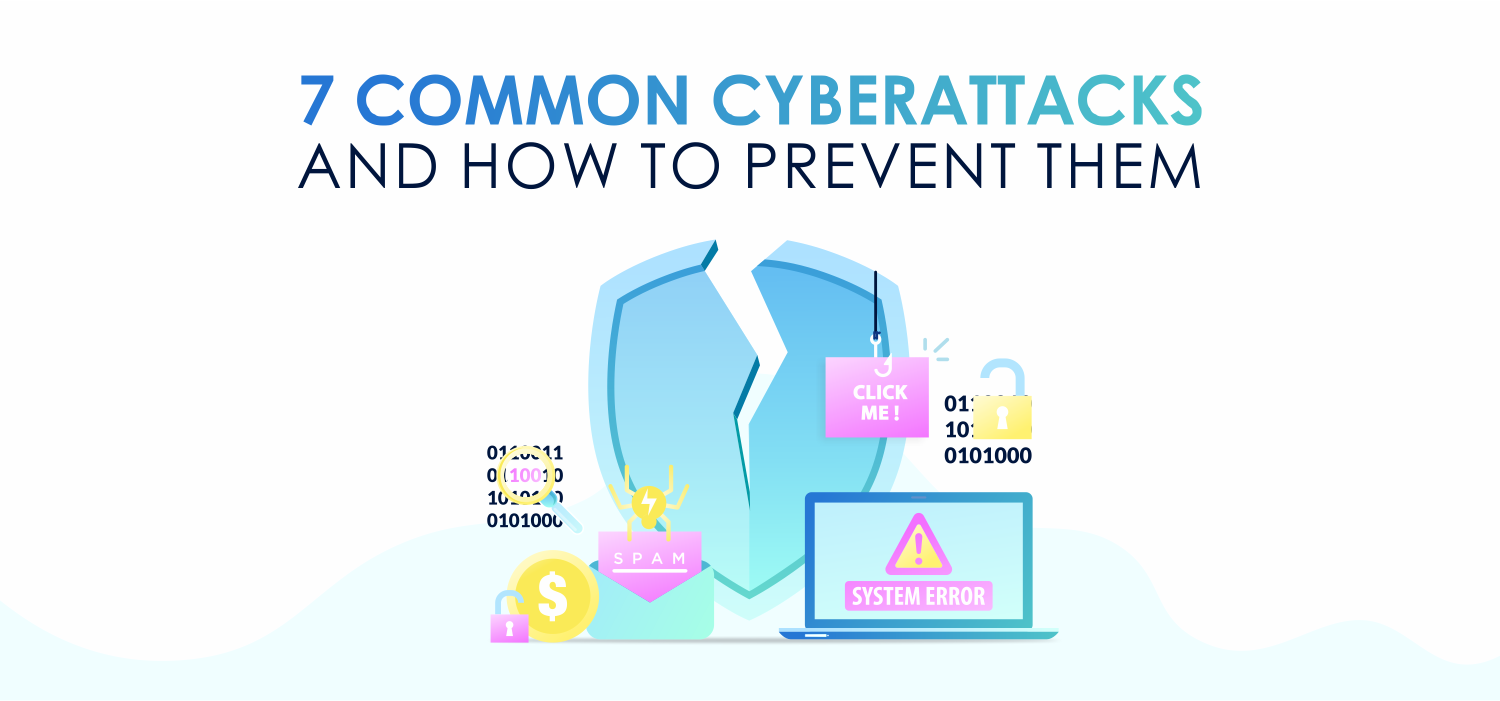Thanks to vast technological advancements, especially in the digital world, more and more people and businesses are enjoying the convenience of the World Wide Web. However, bear in mind that there are a lot of risks when using such technology.
According to the 2019 Hiscox Cyber Reading Readiness report, more than 60% of businesses were hit by various cyberattacks in the past year. The figure shows an increase of 20% the year prior. Approximately, the estimated cost for losses linked with cybercrimes is over $360,000.
Some research findings from 2018 have pointed out that security breaches have also become a significant problem for both individuals and businesses. On average, IT experts and cybersecurity professionals have found out that the estimated average loss due to security breach can go more than $3.5 million.
In addition to these reports, Forbes has also mentioned that the estimated loss associated with cyberattacks can go up to $2 trillion if not addressed accordingly by both individual users and enterprises.
Emphasising the Importance of Cybersecurity
With these alarming figures and cyberattack incidents, everyone needs to be aware of their technology usage. While there are several campaigns regarding cybercrime awareness, a lot of Internet users and businesses are still struggling with various security threats.
Technology is indeed evolving, but so are the cybercriminals. These hackers are also using the digital landscape to victimise users and businesses.
To give you a better overview, here are some of the most common cyberattacks and recommended ways to prevent them:
DDoS Attacks
Generally, this cyberattack aims to flood your networks, systems, and servers with bad traffic that can eat up your resources and bandwidth. Once your server and device get hit, you will then suffer from sluggish performance.
Unlike other cyberattacks, stealing resources or whatnot isn’t the primary intent of DDoS attacks. Hacktivists or competitors design most DDoS attacks to delay your operations. There are also cases wherein the cybercriminal could set your system offline to launch another attack.
Some of the common types of DDoS attacks are botnets, drainets, and the TCP SYN Flood attack.
What can you do?
While the attackers do not intend to steal assets directly, the damage inflicted by DDoS can be fatal for your business operations.
To prevent this, the best thing you can do is to test your IT system and monitor their progress regularly. Keep your systems secured by equipping your networks with antivirus and anti-malware software.
Man-in-the-Middle Attacks
As the name implies, MitM attacks are when hackers or cybercriminals use a second party when making “fake” transactions to steal your data and use it against you. Man-in-the-middle attacks usually happen in unsecured WiFi networks. They spread malicious attachments to breach your system and infect your device to collect and process your information.
Some common types of MitM attacks are session hijacking, IP Spoofing, and replay. In session hijacking, the attacker intends to use a trusted network server to steal a session with their victims. On the other hand, the replay MitM attack is when the hacker intercepts and retrieves previous messages to impersonate one of your trusted sources.
What can you do?
Other than equipping your devices with updated security software, be cautious of your online activities. Always verify the sources, before clicking the links. Use link scanning tools like URLVoid, Sucuri, Web Inspector, and VirusTotal. In addition, be careful of untrusted users trying to connect to your device via hotspot, Bluetooth, etc.
Fake Online Advertisements
Also known as adware, this technique has been around for many years now. Be aware of instant ads popping up to your screen potentially loaded with malware used by hackers to breach into your system.
Generally, hackers use catchy icons or channels of display to lure users into clicking on the ad. Cybersecurity experts have reviewed multiple reports, and they have mentioned most of these types of advertisements are quite tricky to detect.
What can you do?
The best way to defend your server and your devices from this kind of attack is to update your security software and enable ad-blockers. Again, always take necessary precautions while browsing the Internet.

IoT Attacks
Up until today, IoT attacks have become a growing concern to many individuals and enterprises. As we all know, people rely on their devices or the Internet to search for information, products and services, and entertainment, as well. While technological advancements have given us many benefits, they have also opened a lot of loopholes, which hackers are using to exploit specific vulnerabilities.
Some of the most common IoT threats include email spams, password or account breaches, personal information leaks, remote vehicle access, and many more.
What can you do?
The first thing you should do to prevent IoT attacks on your devices is to ensure all your software and hardware are up-to-date. Consider checking the strength of your password for all the devices. Use generator tools to help you come up with more unique passwords.
IT experts also suggest deleting the recording and other personal data stored in unsafe networks. Enable multi-factor and biometric authentication for safety measures.
Cryptojacking
Cryptojacking is one of the newest hacking methods used by cybercriminals. As mentioned earlier, skilled hackers have found various ways on how to breach other people’s systems. With this technique, they can use your computer or device secretly to mine for cryptocurrency.
According to IT experts, some seasoned hackers don’t even need to install a program to get into your system. They use malware-infected JavaScript programs to selected sites, mostly in the “dark web” to steal data. Phishing attacks and public Internet connections may be linked to cryptojacking as well.
What can you do?
Cybercriminals’ leading method to execute cryptojacking is phishing. Make sure to avoid clicking links or reading email messages with unsolicited attachments. Use ad-blocker plugins to your browser to secure your network. Check your antivirus and anti-malware software, as well. Make sure they are updated. Cybersecurity professionals also recommend choosing sites with HTTPS URLs.
SQL Injection
SQL injection (SQLi) is a type of injection attack specifically on website applications that use Structured Query Language (SQL) databases such as MySQL, Oracle and SQL Server—by injecting malicious code in a valid command or query that gets embedded in the backend database undetected, completely altering how the program behaves.
With SQL injections, attackers can easily breach data on websites and leak sensitive information like administrative essentials, intellectual property, personal information of end-users, and business information like customer records, banking details and the like. Attackers can bypass passwords and connect to user accounts, or infiltrate and corrupt websites’ customer or internal databases.
Akamai reports SQL injections caused 51% of cyber attacks in the second quarter of 2017. SQLi remains one of the top threats and longest-running computer exploit because of the simplicity of its execution and severity of the damage it can produce.
What can you do?
A temporary solution, while you are fixing the vulnerability, is to use a firewall. This solution will protect your web applications and ensure your inputs from then on, will be clean. Basic coding hygiene practices will prevent SQL injection attacks. Follow comprehensive coding guidelines which include using specific parameters for your queries, not using direct input for application code, and restricting access to sensitive files with database permissions.
Cross-Site Scripting (XSS)
Cross-site scripting is a more complex cyberattack than the other attacks mentioned on this list. XSS is a cyberattack that is both common and deadly. It’s one of the top-ranking vulnerabilities found in applications that potentially cause severe damage to webservers and its users. They have infiltrated even popular apps such as Facebook, Google and PayPal. It is a mainstay in any developer’s list of cyberattacks to look out for.
In an XSS attack, hackers use script injection vulnerability to identify a potential webserver to breach, using third-party resources to run scripts in the victim’s webserver or scriptable applications. The attacker then sends a payload of malicious data to inject into the webserver, which transmits the page repeatedly to the browser of visitors who request a page from the website. The attacker’s payload, disguised within the HTML body, then executes the malicious script that enables the attacker to extract cookies from the victim’s browser and hijack the session.
It is now possible for the attacker to search and collect the victim’s network information, and even remotely control the victim’s device like take screenshots and monitor keystrokes. The attacker can gain the ability to do what the user can do, see whatever the user can see, including all sensitive data, and all right under the noses of both application and user.
What can you do?
Developers need to be diligent in sanitising all users’ data input in an HTTP request before transmitting it back. Escaping data is a crucial security practice that ensures the validity of data received, like values of query parameters in a search. Special characters must be converted to their respective encoded equivalents, either in HTML or URL, and users need to have the option of disabling client-side scripts. Users also need to install an excellent antivirus and security software that scans web cookies, keeping them 100% secured from potential threats and attacks.
If user input is not allowed in your website, escape all HTML, URL, and JavaScript entities. JavaScript-based sites are one of the most abused because of its popularity and wide range of support on the web. If your page allows user input—like using rich text to post comments and the like, rigorously choose the HTML entities to escape or accept.
Conclusion
These are just some of the few cyberattacks you may encounter in the future. Secure your devices by installing comprehensive antivirus and anti-malware programs. When it comes to cyberattacks, lack of prevention measures can lead to irreparable damages to both developers and end-users, something that we all need to be vigilant against by taking all necessary precautions when using the World Wide Web.
Written by our guest contributor: John Ocampos
John Ocampos is an Opera Singer by profession and a member of the Philippine Tenors. Ever since, Digital Marketing has always been his forte. He is the Founder of SEO-Guru, and the Managing Director of Tech Hacker. John is also the Strategic SEO and Influencer Marketing Manager of Softvire Australia - the leading software eCommerce company in Australia and Softvire New Zealand.





